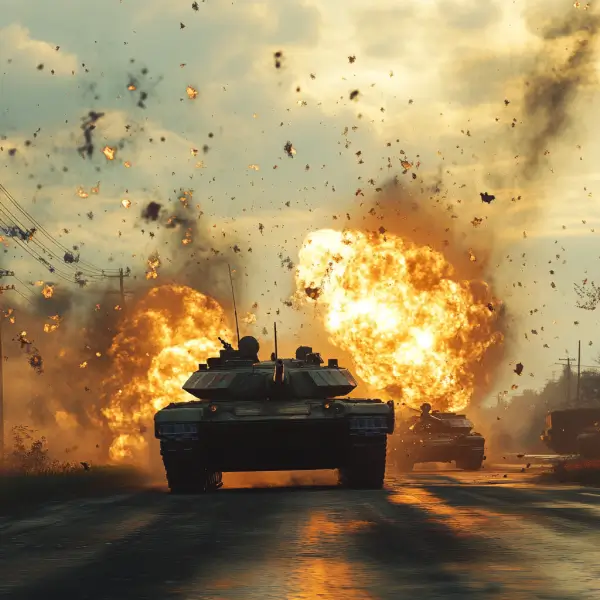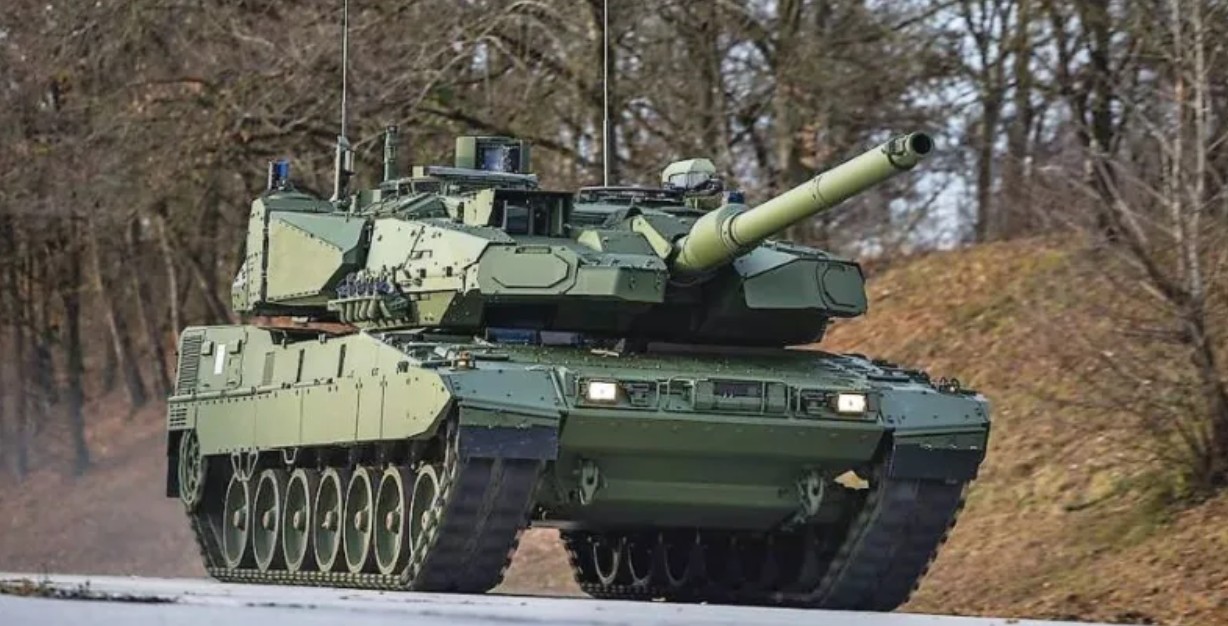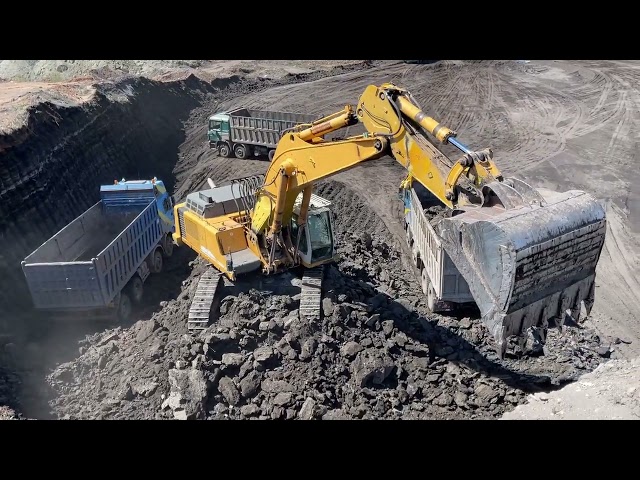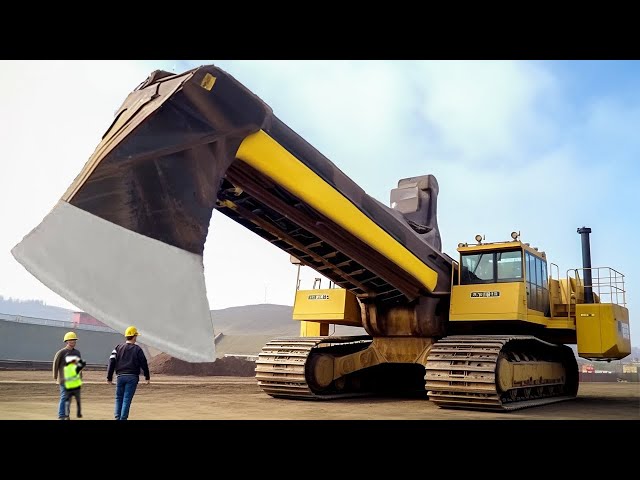Understanding the Concept of Equipment Attrition in Warfare
In the context of modern military conflicts, the term equipment attrition has garnered significant attention. It refers to the gradual depletion of a military’s operational equipment due to constant use, combat damage, and the lack of immediate replacements. This attrition impacts a military’s effectiveness and operational capability over time.
Historically, wars have been won and lost based on not just strategy and manpower but also on how well-equipped forces are maintained and supplied. Equipment attrition, therefore, becomes a critical factor in the outcome of prolonged engagements.
Factors Leading to Equipment Attrition
- Combat Damage: Direct combat often leads to the destruction or severe damage of military equipment. Vehicles, artillery, and weapons systems are particularly vulnerable.
- Wear and Tear: Continuous operation without adequate maintenance leads to equipment degeneration. Even the most robust machinery requires periodic upkeep to remain effective.
- Logistical Challenges: Delays in supply chains and the destruction of logistical networks hinder the timely replacement and repair of damaged equipment.
- Technological Obsolescence: Over time, the rapid advancement of technology renders older equipment less effective or entirely obsolete.
The Battlefield Impact
The impact of equipment attrition becomes starkly apparent on the battlefield. As equipment is lost or becomes non-operational, the overall fighting capacity of a military force diminishes. This can lead to:
- A decrease in mission readiness.
- Reduced defensive and offensive capabilities.
- Increased reliance on infantry and less advanced equipment.
- Strategic withdrawals or concessions.
Modern Examples of Equipment Attrition
Several modern conflicts illustrate the realities of equipment attrition:
Yom Kippur War (1973): This war saw significant equipment losses on both sides, particularly in tanks and aircraft. The ability to replace and repair equipment in a timely manner became a crucial factor for both Israeli and Arab forces.
Syrian Civil War: The prolonged nature of this conflict has resulted in severe equipment attrition for the Syrian government forces and various rebel factions. The extensive use of improvised weapons indicates a shortfall in modern military equipment.
Mitigation Strategies
Military planners have developed several strategies to mitigate equipment attrition:
- Maintenance Programs: Establishing rigorous maintenance schedules ensures equipment remains in operational condition for as long as possible.
- Strategic Reserves: Stockpiling key equipment allows for rapid deployment and replacement when needed.
- Innovative Repair Solutions: Techniques such as 3D printing and field repairs can significantly reduce downtime for damaged equipment.
- Allied Support: Collaboration with allies for equipment support and supply can alleviate local shortages.
Technological Advancements and Future Trends
Looking ahead, technological advancements promise to reshape how equipment attrition is managed:
- Drones and Robotics: Unmanned systems may reduce the risk to human operators and decrease the rate of equipment loss.
- AI and Predictive Maintenance: Artificial intelligence can predict equipment failure before it occurs, allowing for preemptive repairs.
- Advanced Materials: Development of more durable materials can extend the life expectancy of military equipment.
Spec Table: Common Military Equipment and Attrition Rates
| Equipment | Expected Lifespan | Common Causes of Attrition |
|---|---|---|
| Tanks | 20-30 years | Combat damage, mechanical wear |
| Aircraft | 25-40 years | Operational stress, technological obsolescence |
| Artillery | 30-50 years | Intense use, environmental conditions |
| Infantry Weapons | 10-20 years | Heavy use, lack of maintenance |
The Strategic Imperative
The phenomenon of equipment attrition remains an ever-present challenge in military operations. Effective management and mitigation of attrition are essential for maintaining a fighting force’s long-term viability. As technology evolves, so too will the strategies to combat these losses, ensuring that militaries can remain at optimal strength even in prolonged engagements.









